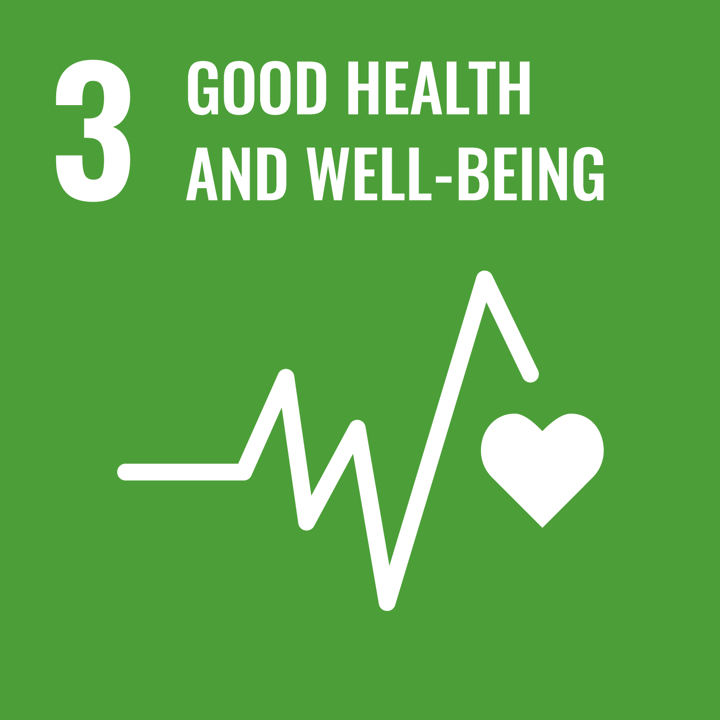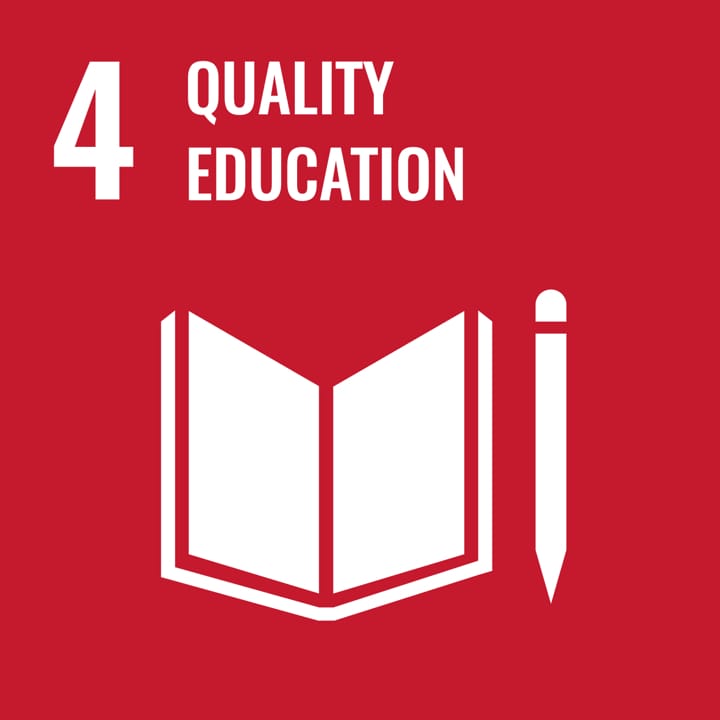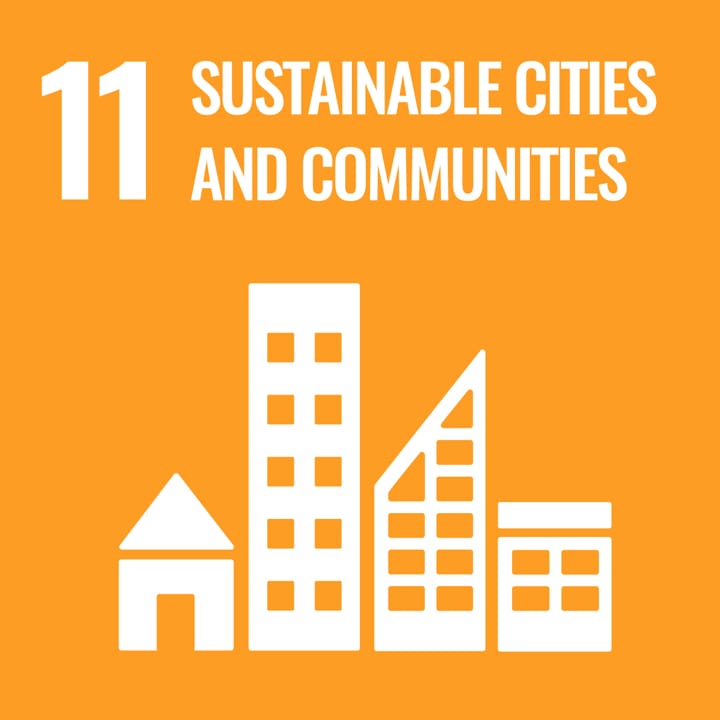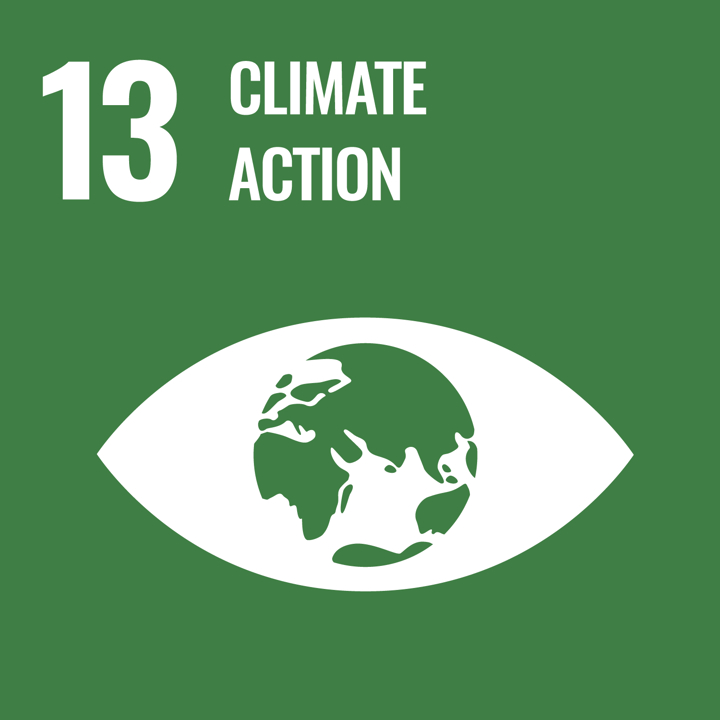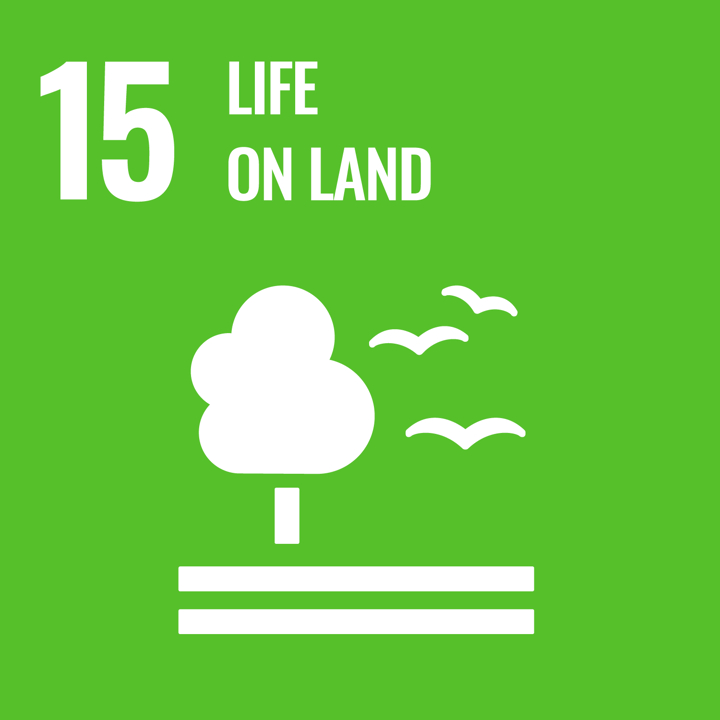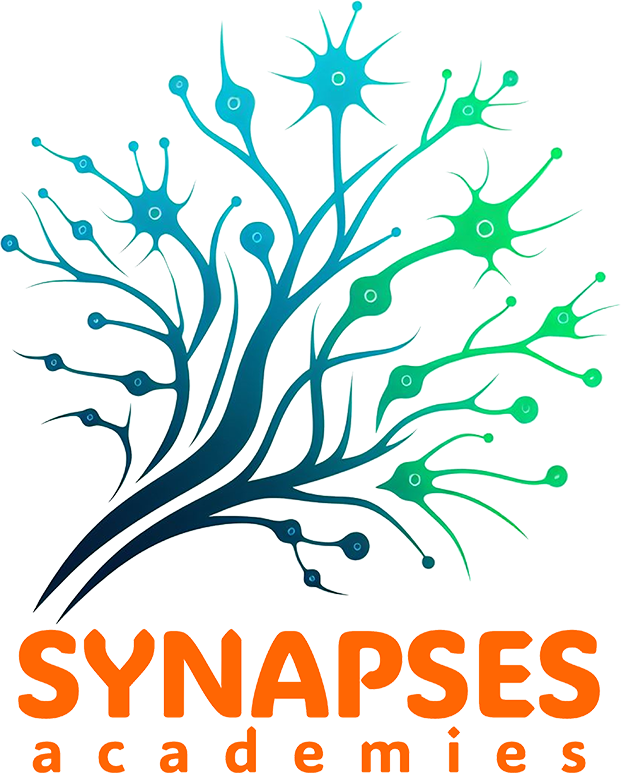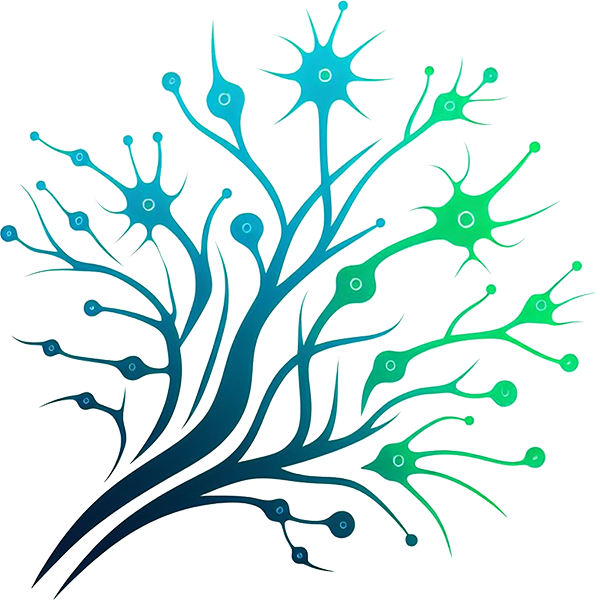
Utilizador final previsto: Professor, formador de professores
Grupo etário: Secundário superior
Currículo escolar: Ciências; Ciências Sociais e Ambientais; Ciências Aplicadas
Temas e tópicos: Energy Use and Production; Environmental Change; Food and Agriculture
Duração: If required, please provide a link to the resource:
Preparation time: 1h – 10 hrs, depending on the chosen activities; Implementation time: 5 lessons * (45 min) = 5 didactic hours
Tipo de recurso: Planos de aula
Palavras-chave: Air-quality improvement, Public Health, CO2 sensor, CO2 Measurements, nature-based solutions, Green Walls
Línguas: English, Dutch, Swedish, German, Portuguese, Greek, French, Italian, Lithuanian, Polish, Slovak and Spanish
Descrição
The main goal of this learning scenario is to help students realize that the school environment, where they spend a lot of time, is very important for their health, well-being, concentration and studying efficiency. The aim is also to help students become more conscious about the natural environment’s impact on their health. To do so, the first action would be to measure certain air-quality parameters at school. A brainstorming activity will then take place. The students will discuss how to improve air quality at school and then further debate on how they could make school spaces greener. If needed, they could set up a green-wall concept for their school, and eventually build it. Nature-based solutions (NBS) are solutions that are inspired and supported by nature, which are cost-effective, simultaneously provide environmental, social and economic benefits and help build resilience. Such solutions bring more, and more diverse, nature and natural features and processes into cities, landscapes, and seascapes, through locally adapted, resource-efficient and systemic interventions. Nature-based solutions must therefore benefit biodiversity and support the delivery of a range of ecosystem services.
How to use this resource
Get Ready:
- Learn about Nature-Based Solutions (NBS) using the materials provided.
- Gather supplies like CO2 sensors and tools for brainstorming.
Teach the Basics:
- Explain how the environment affects health and introduce NBS.
- Show how air quality impacts well-being.
Engage Students:
- Work in groups to discuss ways to improve air quality at school.
- Build or use a CO2 sensor to measure air quality.
Find Solutions:
- Brainstorm ideas like adding plants or creating a green wall.
- Plan and design a project to make the school greener.
Share and Improve:
- Discuss findings and get feedback using tools like Mentimeter.
- Work together to refine ideas and involve the community if possible.
Take Action:
- Build the green projects and monitor the results.
- Encourage students to share their work and keep improving the school environment
Os recursos
Uma escola verde é uma escola saudável PDF:
Resultados da aprendizagem
- Obter conhecimentos prévios e aprofundar o conhecimento e a compreensão dos conceitos-chave da Cidadania para a Sustentabilidade, desafiando as visões do mundo e os valores estabelecidos.
- Aplicar uma série de ferramentas e quadros adequados para promover a Cidadania para a Sustentabilidade dos estudantes
- Refletir sobre a prática e examinar os programas curriculares nacionais para identificar oportunidades de promover a Cidadania para a Sustentabilidade de forma interdisciplinar e envolver as partes interessadas externas.
Competências verdes
- Incorporar valores sustentáveis: Valorização da sustentabilidade; promoção da natureza
- Abraçar a complexidade na sustentabilidade: Pensamento crítico
- Perspectivas de futuros sustentáveis: Adaptabilidade
- Agir em prol da sustentabilidade: Ação colectiva
Creative Commons

Except otherwise noted, the reuse of this document is authorized under a Creative Commons Attribution 4.0 International (CC-BY 4.0) license (https://creativecommons.org/licenses/by/4.0/). This means that reuse is allowed provided appropriate credit is given and any changes are indicated.
ODS
